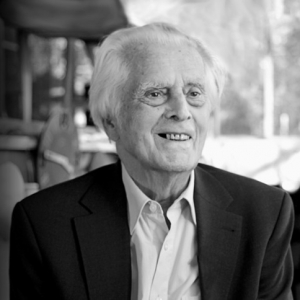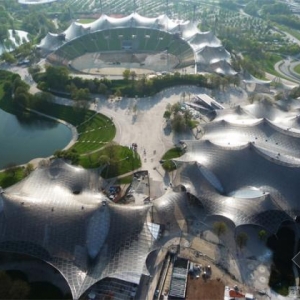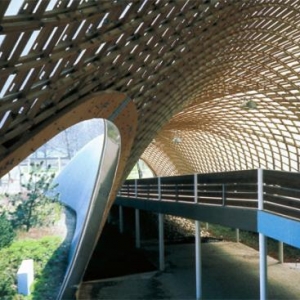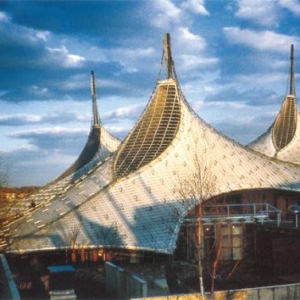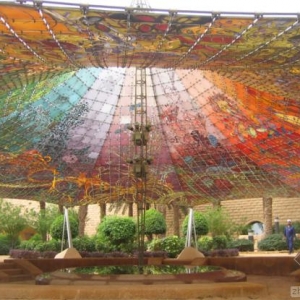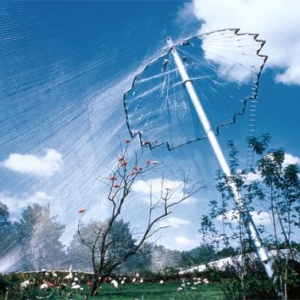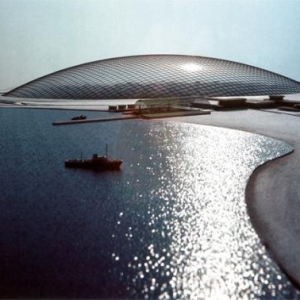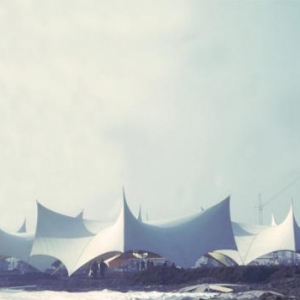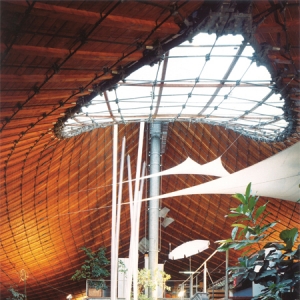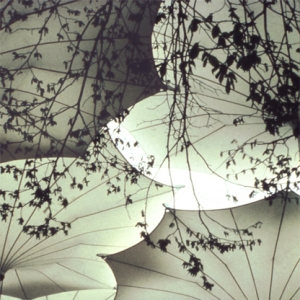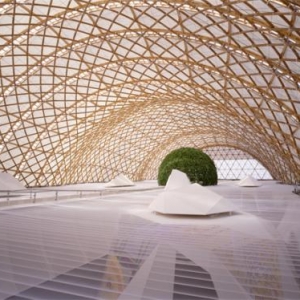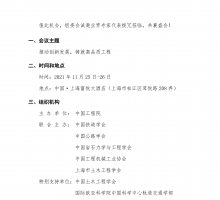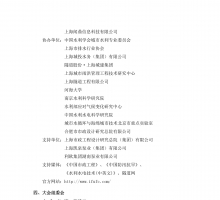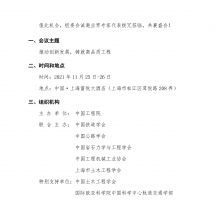2015年普利兹克奖提前公布 弗雷奥托Frei Otto获奖
|
摘要:德国建筑师弗雷·奥托(Frei Otto)于2015年3月9日在德国去世,在生前被告知荣获普利兹克奖。他是第40名荣获普利兹克建筑奖的建筑师和1986年戈特弗里德-玻姆之后第二位获奖的德国建筑师。让我们向这位建筑大师致敬!
弗雷·奥托(Frei Otto)2015年普利兹克奖提前公布,德国建筑师弗雷奥托(Frei Otto)获奖。由于德国著名建筑师弗雷奥托(Frei Otto)的突然离世,普利兹克奖评审委员会提前两周对外正式发布弗雷奥托(Frei Otto)荣获2015年普利兹克建筑奖的消息。 值得欣慰的是弗雷奥托(Frei Otto)本人在生前已经被告知获奖消息,在听到消息后他说:“我现在高兴能获得普利兹克建筑奖,我非常感谢陪审团和普利兹克家族。我没觉得自己所做的事情能赢得这个大奖,做建筑设计动力就是设计新型的建筑来帮助别人,特别是那些受到自然灾害和灾难影响的人们…” 德国建筑师弗雷奥托(Frei Otto)以技术进步和可持续使用轻量级、灵活的结构,取得了非凡的工程壮举,一个值得注意的实例——1972年慕尼黑奥运会的树冠。2006年,他赢得了Praemium Imperiale建筑奖,并被授予皇家金质奖章。奥托2015年3月9日去世,促使Prizker委员会打破的消息提前预定3月23日宣布。冠军去世前就公布奖项,这是史上第一次。 评语: 弗雷奥托(Frei Otto),近90年前出生在德国,花了他漫长的职业生涯研究、试验和发展中一个最敏感的结构,影响了全世界无数人。教训他的开创性工作领域的轻量级结构适应性强、多变和小心地使用有限的资源一样有关今天当他们在60年前首次提出。他已经接受了架构师的定义包括研究员,发明家,form-finder,工程师,建筑工人,教师,合作者,环保,以人为本,难忘的建筑和空间的创造者。 他首次以帐篷结构用作临时展览场馆。德国联邦花园的建筑展览和其他节日1950年代的功能,美丽,“漂浮”的屋顶,似乎毫不费力地提供庇护,然后很容易谎报事件后。 有线电视网络结构用于蒙特利尔67年世博会德国馆,组装现场预制在德国短时间内创造了展会的一大亮点。1972年的慕尼黑奥运会,令人印象深刻的大规模屋顶,结合明度和强度是一个挑战,很多人说不可能实现。体育场的建筑景观,游泳池和公共场所,大型团队的努力的结果,今天仍让人印象深刻。 他的设计灵感来自对大自然的发现,持续发展的先进理念被创造出来之前,他就寻求使用最少的原材料和能源的封闭空间。他的灵感来自自然现象——从鸟头骨肥皂泡和蜘蛛网。奥托从和谐自然的环境中的去建造,总是试图用较少的资源做更多的事。 弗雷奥托(Frei Otto)他经常接触形成一个团队的一部分来解决复杂的建筑和结构性挑战。结果证明,优秀的多学科是需要团队的集体努力。 终其一生,弗雷奥托(Frei Otto)产生了富有想象力的,新鲜的,前所未有的空间和结构。他还创造了知识。在此居住他的深刻影响:不是形式复制,但通过的路径打开他的研究和发现。他的贡献的领域体系结构不仅是技能和才华,也很绅士、大方。 奇思妙想,活跃的思维,信仰自由地分享知识和发明,他的协作精神和关心资源的使用,2015年普利兹克建筑奖授予弗雷奥托(Frei Otto)。
普利兹克评委会评语 Frei Otto, born almost 90 years ago in Germany, has spent his long career researching, experimenting, and developing a most sensitive architecture that has influenced countless others throughout the world. The lessons of his pioneering work in the field of lightweight structures that are adaptable, changeable and carefully use limited resources are as relevant today as when they were first proposed over 60 years ago. He has embraced a definition of architect to include researcher, inventor, form-finder, engineer, builder, teacher, collaborator, environmentalist, humanist, and creator of memorable buildings and spaces. He first became known for his tent structures used as temporary exhibition pavilions. The constructions at the German Federal Garden exhibitions and other festivals of the 1950s were functional, beautiful, “floating” roofs that seemed to effortlessly provide shelter, and then were easily dissembled after the events. The cable net structure employed for the German Pavilion at Expo 67 in Montreal, prefabricated in Germany and assembled on site in a short period of time, was a highlight of the exhibition for its grace and originality. The impressive large-scale roofs designed for the Munich Olympics of 1972, combining lightness and strength, were a building challenge that many said could not be achieved. The architectural landscape for stadium, pool and public spaces, a result of the efforts of a large team, is still impressive today. Taking inspiration from nature and the processes found there, he sought ways to use the least amount of materials and energy to enclose spaces. He practiced and advanced ideas of sustainability, even before the word was coined. He was inspired by natural phenomena – from birds’ skulls to soap bubbles and spiders’ webs. He spoke of the need to understand the “physical, biological and technical processes which give rise to objects.” Branching concepts from the 1960s optimized structures to support large flat roofs. A grid shell, such as seen in the Mannheim Multihalle of 1974, shows how a simple structural solution, easy to assemble, can create a most striking, flexible space. The Mechtenberg footbridges, with the use of humble slender rods and connecting nodes, but with advanced knowledge, produce an attractive filigree pattern and span distances up to 30 meters. Otto’s constructions are in harmony with nature and always seek to do more with less. Virtually all the works that are associated with Frei Otto have been designed in collaboration with other professionals. He was often approached to form part of a team to tackle complex architectural and structural challenges. The inventive results attest to outstanding collective efforts of multidisciplinary teams. Throughout his life, Frei Otto has produced imaginative, fresh, unprecedented spaces and constructions. He has also created knowledge. Herein resides his deep influence: not in forms to be copied, but through the paths that have been opened by his research and discoveries. His contributions to the field of architecture are not only skilled and talented, but also generous.
弗雷奥托(Frei Otto)作品赏析 慕尼黑奥林匹克公园主体育馆
曼海姆联邦园林展中奥托设计的多功能大厅屋顶
蒙特利尔世博会德国国家馆
利雅得外交俱乐部
慕尼黑动物园鸟舍
城市在北极”模型
德国汉堡国际园艺展览大厅
斯图加特大学轻型结构研究所
奥托为平克·弗洛伊德美国巡回演唱会设计的舞台——伞
与坂茂合作的2000年德国汉诺威展览会日本馆关于普利兹克 普利兹克奖是每年一次颁给建筑师个人的奖项,有建筑界的诺贝尔奖之称。1979年由普利兹克家族的杰伊·普利兹克和他的妻子辛蒂发起,凯悦基金会所赞助的针对建筑师个人颁布的奖项。
普利兹克奖精彩专题推荐 历年普利兹克建筑奖(Pritzker)获奖人物 王澍荣获2012年普利兹克建筑奖 普利兹克建筑奖专题 2013年普利兹克建筑奖揭晓 |
会员评论
